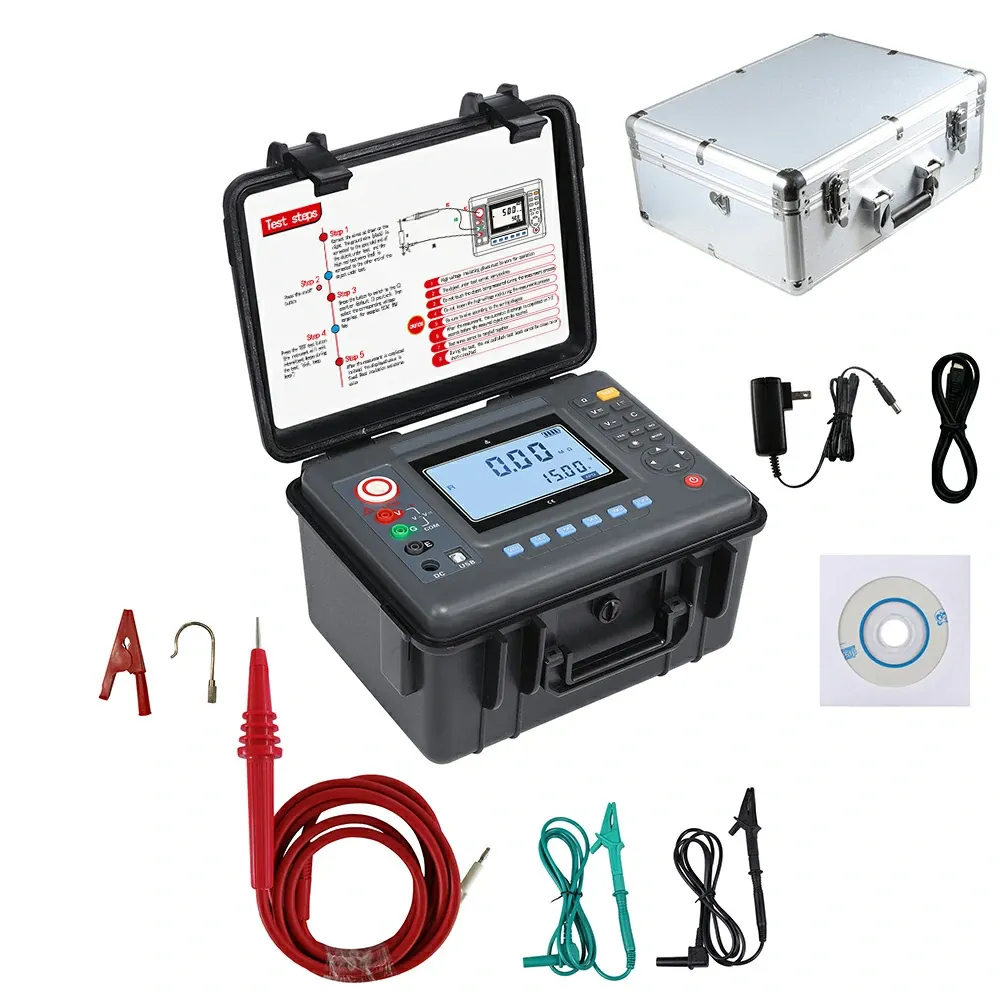 English
English



-
 Afrikaans
Afrikaans -
 Albanian
Albanian -
 Amharic
Amharic -
 Arabic
Arabic -
 Armenian
Armenian -
 Azerbaijani
Azerbaijani -
 Basque
Basque -
 Belarusian
Belarusian -
 Bengali
Bengali -
 Bosnian
Bosnian -
 Bulgarian
Bulgarian -
 Catalan
Catalan -
 Cebuano
Cebuano -
 China
China -
 China (Taiwan)
China (Taiwan) -
 Corsican
Corsican -
 Croatian
Croatian -
 Czech
Czech -
 Danish
Danish -
 Dutch
Dutch -
 English
English -
 Esperanto
Esperanto -
 Estonian
Estonian -
 Finnish
Finnish -
 French
French -
 Frisian
Frisian -
 Galician
Galician -
 Georgian
Georgian -
 German
German -
 Greek
Greek -
 Gujarati
Gujarati -
 Haitian Creole
Haitian Creole -
 hausa
hausa -
 hawaiian
hawaiian -
 Hebrew
Hebrew -
 Hindi
Hindi -
 Miao
Miao -
 Hungarian
Hungarian -
 Icelandic
Icelandic -
 igbo
igbo -
 Indonesian
Indonesian -
 irish
irish -
 Italian
Italian -
 Japanese
Japanese -
 Javanese
Javanese -
 Kannada
Kannada -
 kazakh
kazakh -
 Khmer
Khmer -
 Rwandese
Rwandese -
 Korean
Korean -
 Kurdish
Kurdish -
 Kyrgyz
Kyrgyz -
 Lao
Lao -
 Latin
Latin -
 Latvian
Latvian -
 Lithuanian
Lithuanian -
 Luxembourgish
Luxembourgish -
 Macedonian
Macedonian -
 Malgashi
Malgashi -
 Malay
Malay -
 Malayalam
Malayalam -
 Maltese
Maltese -
 Maori
Maori -
 Marathi
Marathi -
 Mongolian
Mongolian -
 Myanmar
Myanmar -
 Nepali
Nepali -
 Norwegian
Norwegian -
 Norwegian
Norwegian -
 Occitan
Occitan -
 Pashto
Pashto -
 Persian
Persian -
 Polish
Polish -
 Portuguese
Portuguese -
 Punjabi
Punjabi -
 Romanian
Romanian -
 Russian
Russian -
 Samoan
Samoan -
 Scottish Gaelic
Scottish Gaelic -
 Serbian
Serbian -
 Sesotho
Sesotho -
 Shona
Shona -
 Sindhi
Sindhi -
 Sinhala
Sinhala -
 Slovak
Slovak -
 Slovenian
Slovenian -
 Somali
Somali -
 Spanish
Spanish -
 Sundanese
Sundanese -
 Swahili
Swahili -
 Swedish
Swedish -
 Tagalog
Tagalog -
 Tajik
Tajik -
 Tamil
Tamil -
 Tatar
Tatar -
 Telugu
Telugu -
 Thai
Thai -
 Turkish
Turkish -
 Turkmen
Turkmen -
 Ukrainian
Ukrainian -
 Urdu
Urdu -
 Uighur
Uighur -
 Uzbek
Uzbek -
 Vietnamese
Vietnamese -
 Welsh
Welsh -
 Bantu
Bantu -
 Yiddish
Yiddish -
 Yoruba
Yoruba -
 Zulu
Zulu
Polarity Testing Methods for Three-Phase Transformer Analysis and Validation
Polarity Test of Three-Phase Transformers
The polarity test of three-phase transformers is an essential procedure in the field of electrical engineering. This test helps ensure that the transformers are connected correctly and that they will function as intended in a power distribution system. In this article, we will explore what a polarity test involves, its significance, and the procedure to conduct it smoothly.
Understanding Transformer Polarity
Transformers are electrical devices that transfer electrical energy between two or more circuits through electromagnetic induction. The primary and secondary windings of a transformer can be connected in various ways, leading to different phase relationships and polarities. The polarity of a transformer indicates the relative direction of the voltages induced in the windings. Incorrect polarity can lead to severe operational issues, including short circuits, equipment damage, and system inefficiencies.
In three-phase transformers, there are two primary types of connections delta (Δ) and wye (Y). The transformer connections determine how the phase voltages are related. Understanding and testing polarity is critical, particularly when installing new transformers or integrating existing ones into a network.
Significance of the Polarity Test
The polarity test ensures that the transformer windings are connected in a manner that maintains the desired phase relationships within a three-phase system. This test is crucial because
1. Safety Incorrect connections can lead to dangerous conditions, including electric shock and fire hazards. 2. System Efficiency Proper polarity alignment ensures that the system operates at optimal efficiency without unnecessary losses.
3. Equipment Protection Ensuring correct windings supports the protection of both the transformer and connected equipment from potential overloads and failures.
polarity test of three phase transformer

Conducting a Polarity Test
Conducting a polarity test on a three-phase transformer typically involves the following steps
1. Preparation Before beginning the test, ensure that all safety protocols are in place. Proper personal protective equipment (PPE) should be worn, and all equipment should be de-energized.
2. Connection Connect a low-voltage AC supply to the primary winding of the transformer phase by phase.
3. Voltage Measurement Use a voltmeter to measure the voltage between the secondary terminals. When the supply voltage is applied, the readings can indicate whether the phases are in sync or if there is a phase reversal.
4. Analyzing Results If the measured voltages indicate the expected relationships based on the transformer’s design (i.e., voltages are in phase as anticipated), the polarity is correct. Conversely, a negative or unexpected reading suggests an incorrect polarity which must be rectified before the transformer is placed in service.
5. Documentation After completion, document all measurements and findings. Any discrepancies should be addressed immediately to avoid operational problems.
Conclusion
The polarity test of three-phase transformers is a straightforward yet essential procedure that ensures safety, efficiency, and functionality in electrical systems. By confirming the correct connections and aligning phase relationships, engineers can help prevent costly damages and enhance the reliability of power distribution networks. As electrical systems become increasingly complex, the importance of conducting thorough tests, such as the polarity test, cannot be overstated. Investing time and resources in these preliminary checks ultimately contributes to a safer and more efficient energy infrastructure.
-
Ensuring SF₆ Gas Safety: Introducing PUSH’s Integrated SF₆ Analyzer for Dew Point, Purity, and Decomposition MonitoringNewsJul.10,2025
-
Exploring the Main Types of Industrial Endoscopes and Their Applications Across IndustriesNewsJul.04,2025
-
Testing Equipment Industry Sees Major Advancements in 2025: Smart & Precision Technologies Lead the WayNewsJun.06,2025
-
Applications of Direct Current Generators in Renewable Energy SystemsNewsJun.05,2025
-
Hipot Tester Calibration and Accuracy GuidelinesNewsJun.05,2025
-
Digital Circuit Breaker Analyzer Features and BenefitsNewsJun.05,2025



